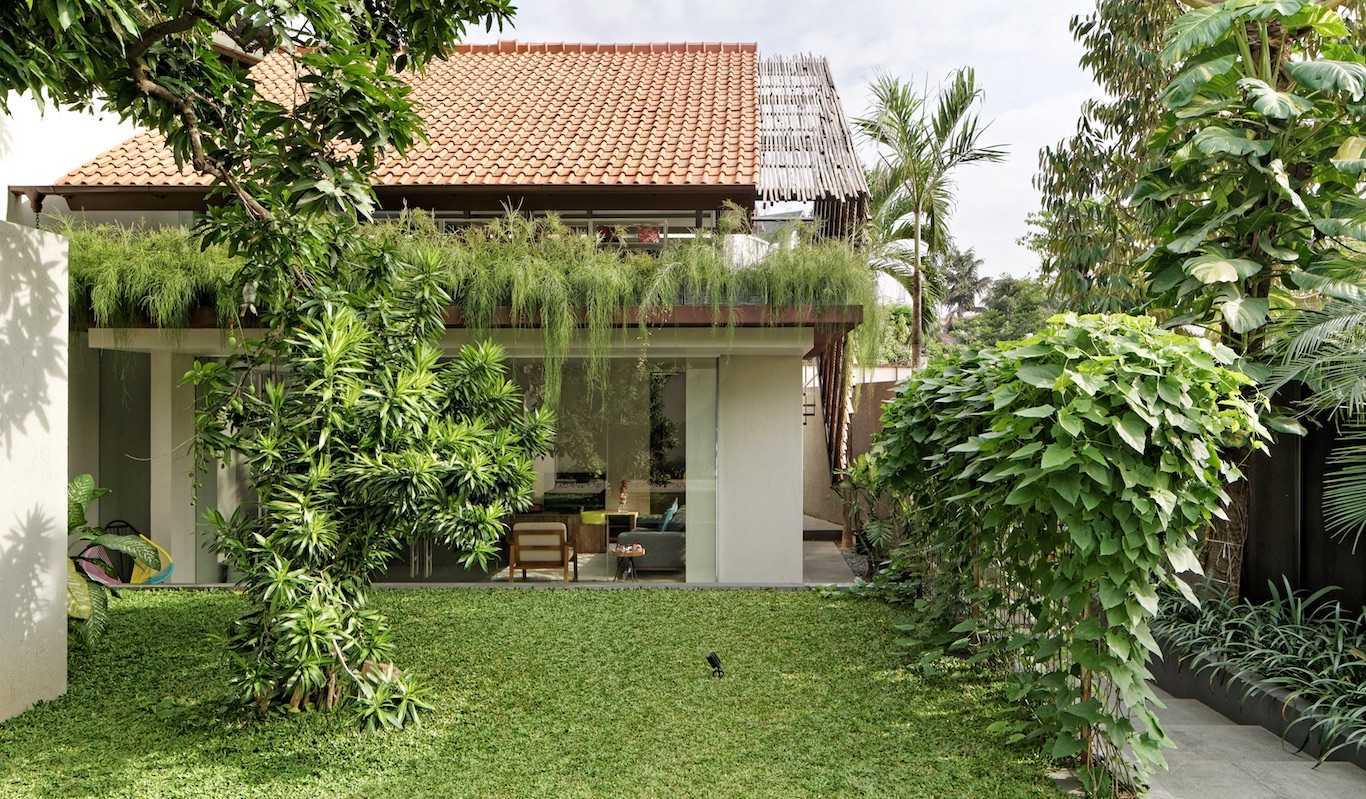Eco-Friendly Elegance Green Interior Design Inspiration”
Exploring the Charm of Eco-Friendly Elegance: Green Interior Design Inspiration The Essence of Green Design…

Exploring the Charm of Eco-Friendly Elegance: Green Interior Design Inspiration
The Essence of Green Design
In the realm of interior design, there’s a growing trend towards embracing eco-friendly principles. Green design goes beyond aesthetics; it’s about creating spaces that are both beautiful and sustainable. By integrating natural materials, energy-efficient features, and conscious design choices, eco-friendly interiors offer a harmonious blend of elegance and environmental responsibility.
Embracing Natural Materials
One of the hallmarks of green interior design is the use of natural materials. From reclaimed wood and bamboo to organic cotton and hemp, incorporating sustainable materials adds warmth and texture to any space. These materials not only lend a sense of authenticity to the design but also minimize the environmental impact of the project. By choosing materials that are renewable, biodegradable, and non-toxic, you can create interiors that are as healthy for the planet as they are for the occupants.
Harnessing the Power of Nature
Biophilic design, which seeks to connect people with nature, is a central theme in green interior design. By integrating elements such as natural light, indoor plants, and views of the outdoors, designers can create spaces that promote well-being and productivity. Natural light not only reduces the need for artificial lighting but also enhances the overall ambiance of the space. Similarly, indoor plants not only improve air quality but also add a touch of greenery and vitality to interiors.
Prioritizing Energy Efficiency
Incorporating energy-efficient features is another key aspect of green interior design. From LED lighting and programmable thermostats to high-performance insulation and energy-efficient appliances, there are numerous ways to reduce energy consumption and lower utility bills. By optimizing the thermal performance of the building envelope and integrating renewable energy sources such as solar panels, designers can create spaces that are not only beautiful but also environmentally responsible.
Mindful Material Selection
In addition to using natural materials, green interior design also emphasizes mindful material selection. This involves choosing products and finishes that are low in volatile organic compounds (VOCs) and other harmful chemicals. Look for certifications such as Greenguard and Cradle to Cradle to ensure that products meet rigorous environmental and health standards. By selecting materials that are durable, low-maintenance, and responsibly sourced, designers can create interiors that stand the test of time while minimizing environmental impact.
Optimizing Space and Functionality
Green interior design is also about optimizing space and functionality to minimize waste and maximize efficiency. By carefully planning layouts, incorporating multifunctional furniture, and maximizing storage solutions, designers can create spaces that are both practical and beautiful. Whether it’s a compact urban apartment or a sprawling suburban home, thoughtful design strategies can help maximize usable space and minimize environmental footprint.
Holistic Approach to Design
Ultimately, green interior design is about taking a holistic approach to design that considers the interplay between the built environment and the natural world. By prioritizing sustainability, health, and well-being, designers can create spaces that not only look good but also feel good to inhabit. Whether it’s through the use of natural materials, energy-efficient features, or biophilic design principles, eco-friendly interiors offer a compelling vision of elegance and environmental stewardship. Read more about green interior design ideas







